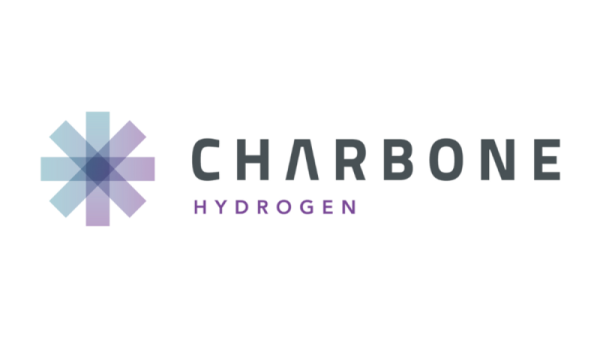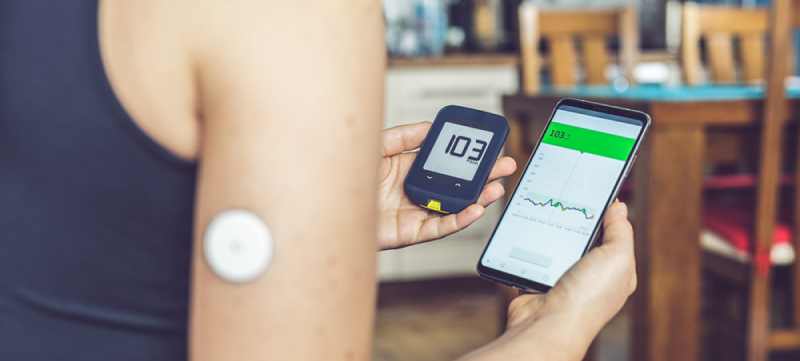The Healthcare domain has witnessed significant advancements through the Internet of Things (IoT) and its more specialized offshoot, the Internet of Medical Things (IoMT). To integrate devices seamlessly into a unified IoT system, firmware development and embedded solutions for IoT play a vital role.
This article will explore the impact of embedded solutions and good firmware development on the performance of IoT devices in the Healthcare industry.
Although we won’t even scratch the surface of most technical aspects of firmware development here, we must emphasize the importance of firmware development expertise for ensuring optimal device performance.
IoT in Healthcare Market Review and Forecast
According to Market Research Future, the global Internet of Medical Things market was $48.7 billion in 2022. Other forecasts project that it could reach as much as $516 billion by or before 2032, with a compound annual growth rate (CAGR) of 23.15%. North America leads the market, accounting for nearly 36% of the global share. This growth will most likely be driven by advanced healthcare technologies, remote patient monitoring demand, and the arrival of major market players from other segments.
The Rise of IoT in Healthcare
The increasing prominence of IoT in healthcare is revolutionizing the industry. The Internet of Medical Things (IoMT) spans networks and integrations bridging equipment, software applications, and health systems to facilitate the exchange of vital health data. This network interconnects a wide range of devices, including wearables, remote monitoring systems, implanted devices, and other smart healthcare devices. These interconnected devices facilitate seamless interactions between healthcare providers and patients, enhancing communication and improving the healthcare experience. By leveraging IoMT, healthcare organizations aim to enhance patient outcomes, reduce healthcare expenses, and elevate the quality of care. The most vital aspect of developing within this space is firmware/embedded solutions because of the impacts and attributes we explore below.
The Impact of Embedded Solutions on IoT Device Performance
Embedded solutions are essential components that enable seamless connectivity and integration of devices within the IoT ecosystem. While numerous other technical factors must converge for successful IoT development, it is crucial to highlight how embedded solutions and firmware development contribute to the optimal performance of IoT devices in healthcare.
Device Integration
Embedded solutions facilitate the smooth integration of various medical devices, sensors, and wearables, enabling them to work cohesively within the IoT network. This integration streamlines data collection, analysis, and exchange, facilitating significant improvements in diagnosis and treatment because of the increased accessibility of high-quality remote patient monitoring.
Reliable Data Transmission
Firmware ensures secure and efficient data transmission between IoT devices and healthcare systems. By implementing robust communication protocols and encryption mechanisms, firmware solutions enhance data privacy and integrity, which helps to reduce the likelihood and severity of cyber incidents, data breaches, or any unauthorized access.
Over-the-Air Updates
Embedded solutions and high-quality firmware enable seamless over-the-air (OTA) updates, allowing healthcare organizations to remotely update and upgrade device functionalities, security features, and performance improvements. This ease of access eliminates manual intervention and minimizes disruptions in healthcare operations.
Device Optimization
Firmware plays a crucial role in optimizing the performance of IoT devices. By fine-tuning device parameters, managing power consumption, and implementing efficient algorithms, firmware solutions ensure that IoT devices operate at their peak performance levels. This optimization directly impacts healthcare IoT devices’ reliability, responsiveness, and overall functionality.
Fine-tuning Device Parameters
Firmware enables the customization of device parameters to meet the specific requirements of the healthcare domain. By adjusting settings such as data sampling rates, measurement accuracy, and device sensitivity, firmware solutions can optimize the device’s performance for different healthcare applications. For example, in wearable devices, firmware can be tailored to capture vital signs accurately while minimizing false alarms or unnecessary data transmissions.
Power Consumption Management
Efficient power management is critical in healthcare IoT devices, as they often operate on limited battery life or rely on energy harvesting techniques. firmware solutions implement power-saving mechanisms such as intelligent sleep modes, optimized data transmission protocols, and adaptive power allocation strategies to prolong the device’s battery life. Such increased efficiency ensures continuous operation without frequent battery replacements or recharging, enhancing user convenience and reducing maintenance costs.
Efficient Algorithms
Firmware plays a vital role in implementing efficient algorithms that process and analyze the data collected by IoT devices. By leveraging advanced signal processing techniques, machine learning algorithms, and data compression methods, firmware optimizes the utilization of computational resources within the device. This decreased data size and increased computing efficiency leads to more accurate data analysis in less time. These enhancements can directly lead to better patient outcomes through predictive analytics, earlier detection of any anomalies, and accurate, personalized healthcare insights.
Device Security and Safety
High-quality firmware development can also ensure the security and safety of healthcare IoT devices. For example, firmware can implement robust authentication mechanisms, encryption protocols, and secure boot processes to safeguard sensitive patient data and prevent tampering or unauthorized access. Additionally, firmware can incorporate fail-safe mechanisms and error detection algorithms to prevent system failures or malfunctions that could compromise patient safety.
Softeq – Experts in IoT Firmware and Embedded Development
Softeq is a leading provider of embedded and IoT development services with extensive expertise in developing firmware solutions for the healthcare domain. As a Microsoft Azure partner, an AWS Certified Partner, and an ISO 13485:2016 certified business, Softeq has demonstrated expertise in IoT firmware and embedded development for the healthcare sector. Our team of experienced engineers understands the unique challenges and requirements of the IoT ecosystem in healthcare, and we leverage cutting-edge technologies to deliver robust and high-performing embedded solutions like the following Case Study.
Case Study: Skin Cancer Detection Firmware
Softeq collaborated with Veriskin, a medical device company, to develop a handheld gadget for non-invasive skin cancer detection. Softeq’s firmware and embedded software expertise were instrumental in creating a complex Wi-Fi-enabled system. The solution featured an FPGA-powered handheld device based on the Qualcomm Snapdragon SD410 processor, incorporating LEDs, an audio speaker, an accelerometer, and a display. The firmware enabled real-time capture of LED light signal variations, translating them into a visual diagram. With algorithmic data analysis and a user-friendly interface, the device monitored vascular refilling rates. It provided a low-cost, prompt method for diagnosing malignant skin growth without biopsies or extensive examinations. The in-house firmware expertise at Softeq has played a crucial role in delivering a reliable IoMT solution for skin cancer screening.
Conclusion
Embedded solutions and effective firmware development play a crucial role in optimizing the performance of IoT devices in the Healthcare domain. By facilitating device integration, ensuring reliable data transmission, enabling OTA updates, and implementing device optimization techniques, firmware solutions contribute to enhanced patient monitoring, improved diagnosis and treatment, and streamlined healthcare operations. As the healthcare industry expands and accelerates its embrace of IoT’s potential, expert providers like Softeq stand ready to provide expertise and continue delivering innovative embedded solutions driving healthcare transformation through IoT technology.
The post Transforming Healthcare through IoMT Firmware Development appeared first on IoT Business News.







































